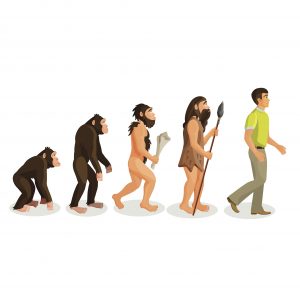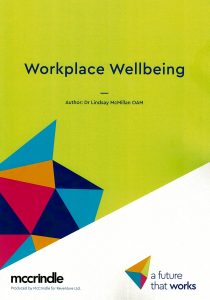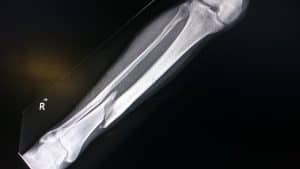 Last month a provider of Employee Assistance Programs (EAPs) circulated a media statement about a new health and wellbeing model that
Last month a provider of Employee Assistance Programs (EAPs) circulated a media statement about a new health and wellbeing model that
“captures the essence of the shift towards holistic health and wellbeing for employees.”
This sounds positive and given the increasing emphasis on the prevention of harm from occupational health and safety (OHS) regulators and the evolution of organisational culture, SafetyAtWorkBlog approached

 In 2016,
In 2016,  Occupational health and safety (OHS) policy makers are keen on making decisions based on evidence. But evidence seems hard to get, for many reasons.
Occupational health and safety (OHS) policy makers are keen on making decisions based on evidence. But evidence seems hard to get, for many reasons. On 12 December 2017, part of Australia’s screen and television industry held a forum in Sydney about sexual harassment in the sector and what could be done to reduce this workplace hazard. This initiative occurred a day before an
On 12 December 2017, part of Australia’s screen and television industry held a forum in Sydney about sexual harassment in the sector and what could be done to reduce this workplace hazard. This initiative occurred a day before an 
 On November 9 2017, the Australian Institute of Health and Welfare (AIHW) released statistical data on work-related injury. This data included statistics from workers compensation but also statistics about hospitalised injuries that were identified as work-related but funded by sources other than workers’ compensation. The report also provides a different perspective on mental health.
On November 9 2017, the Australian Institute of Health and Welfare (AIHW) released statistical data on work-related injury. This data included statistics from workers compensation but also statistics about hospitalised injuries that were identified as work-related but funded by sources other than workers’ compensation. The report also provides a different perspective on mental health. 